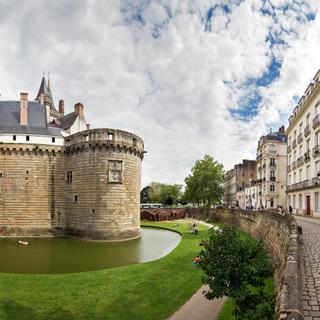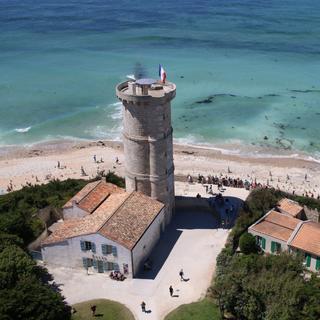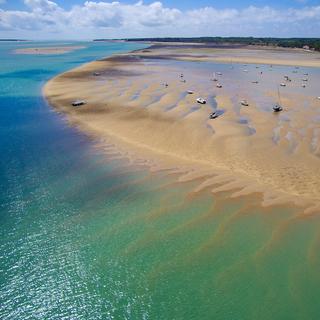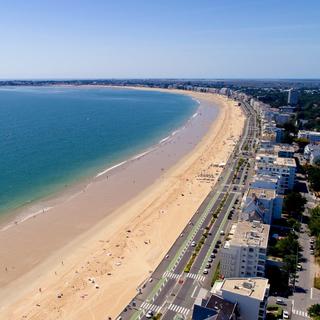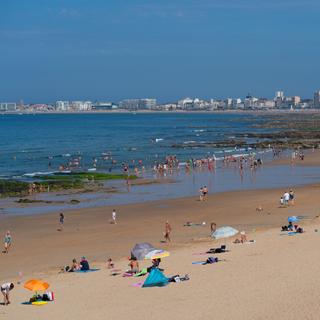
Angers weather and climate in 2025

Angers weather and climate in 2025
Day
9 °C
Night
2 °C
Sea
10 °C
Precipitation
74 mm
in month
Rainy days
12 days
in month
Daylight
9 hours
average
Sunshine
2 hours
average
Humidity
91 %
Weather charts for Angers
Destinations nearby and activities
Destinations nearby
Activities in Angers

Find more destinations like this
Destinations with similar weather to Angers
Other destinations in West France
Closest cities for Angers
Last week's weather in Angers
The average temperature for the week of 8 December 2025 - 14 December 2025 was 13 °C (55 °F) during the day and 7 °C (45 °F) during the night. Both the daily and night temperatures in Angers are slightly above the long-term average, which is around 9 °C (48 °F) and 3 °C (37 °F) respectively. The average temperatures observed during different times of day (based on local time) were as below: 7am 9 °C (48 °F), 10am 10 °C (50 °F), 1pm 12 °C (54 °F), 4pm 12 °C (54 °F), 7pm 10 °C (50 °F), 10pm 9 °C (48 °F).
During this week: 4 days without rain, 2 days with light rain and 1 day with moderate rain were observed. During the whole week, total of 5 mm (0.20 in) of precipitation was observed, which is below the long term average for Angers, which is 19 mm (0.75 in). The daytime hours (from dawn to dusk) had an average cloud coverage of 61 %. There was a meteorological observation of mist and fog.
An average wind speed of 2.8 m/s was recorded. The air pressure varied between 1010 hpa and 1029 hpa. The air in Angers had an average humidity of 96 %.
On average, there were 3 hours clear skies, 5 hours overcast skies and 0.5 hours rainy weather during the daytime (from dawn to dusk). On average, the time of sunrise was 08:39, and the time of sunset was 17:11.
Weather overview for Angers
Weather overview
The city of Angers, located in France, experiences a temperate climate characterized by variability throughout the year. Daytime temperatures can vary significantly, beginning at an average of 9 °C (47 °F) in the chilly month of January and reaching a warm 26 °C (79 °F) in the height of summer during July. At night, you might encounter a significant difference as well, with the mercury dropping to a low of 2 °C (36 °F) in January, but comfortably reaching 14 °C (58 °F) during July nights. Rainfall patterns also exhibit variation, with August typically being the driest month, averaging only 7 days of rain, contrasting with November, which is usually the wettest with an average of 13 days of rain. When planning your visit, consider these aspects of the climate, as well as the differences in wind speeds, relative humidity, and the number of sunny hours to ensure an enjoyable stay.
January weather
In January, the average minimum daytime temperature in Angers settles at 9 °C (47 °F), while the nighttime temperature hits its yearly low, averaging 2 °C (36 °F). A decrease in the monthly rainfall to 74 mm (2.93 in) is also noted.
February weather
February brings a slight upturn in the daily temperature to an average of 10 °C (49 °F) in Angers. The decrease in rainfall continues, recorded at 59 mm (2.34 in). Additionally, the month shows an increase in sunshine hours to 3 hours, and marks the point of highest wind speeds with an average of 4.
March weather
The increase in Angers' daily temperature continues into March, averaging 14 °C (56 °F), while nighttime warmth also begins to become more noticeable. A rise in the number of cloudless hours is evident, averaging 5 hours.
April weather
April's progression in Angers displays a continued rise in daytime temperature, reaching 16 °C (61 °F), while the nighttime temperature also ascends, averaging 6 °C (42 °F). A further increase in sunshine hours is observed, reaching an average of 6 hours.
May weather
With the onset of tourist season, May in Angers sees a further climb in day temperatures, while nights average a warming 9 °C (49 °F). An initial rise in rainy days is noted, averaging 11 days, and rainfall amounts also begin to ascend, reaching 64 mm (2.51 in).
June weather
As the tourist season nears its zenith in Angers, the upward trend of daytime temperatures continues, averaging 24 °C (75 °F), complemented by a similar rise in nighttime temperatures to an average of 12 °C (54 °F). Decreasing wet days are discernible in June, reflected in an average count of 8 days, and a decrease in rainfall volume is also evident, with 46 mm (1.81 in).
July weather
The bustling tourist season in Angers is highlighted by the peak of daytime temperatures averaging 26 °C (79 °F), with nights also at their warmest during this month. Minimum humidity can be observed, averaging 74 %, and the maximum cloudless hours are noted.
August weather
August in Angers coincides with the tourist season and an approaching dry period. A minimum in rainy days is registered, averaging 7 days, and a decline in rainfall quantity is also observed, averaging 44 mm (1.74 in). The number of sunshine hours begins its gradual decline this month.
September weather
The onset of cooler daytime temperatures starts to become apparent in Angers in September, averaging 22 °C (71 °F), and a decline in nighttime temperatures is also noticeable, averaging 11 °C (52 °F). A rise in the number of rainy days commences, registering 8 days, and an increase in rainfall volume is also witnessed during this month.
October weather
The downward trend in daytime temperatures in Angers continues into October, reaching an average of 17 °C (63 °F), with nighttime temperatures also descending, aligning with the continuation of the tourist season. The rise in the number of rainy days is still underway, with an average of 12 days, and a corresponding growth in rainfall amounts, average 78 mm (3.06 in).
November weather
The daytime temperature plunge continues in Angers throughout November, recorded at an average of 12 °C (53 °F), while nights become colder, averaging 5 °C (41 °F). The peak in the number of rainy days is distinct, with an average of 13 days. Shortening sunlight hours and a diminishing day length are recorded.
December weather
December in Angers marks a further descent in daytime temperatures, with an average of 9 °C (48 °F), as the nighttime chill intensifies, averaging 3 °C (38 °F). The maximum levels of rainfall are reached in December, along with the year's shortest spans of sunshine and day lengths.
FAQs
What's the typical night temperature in Angers during January?
The usual night temperature in Angers for January averages around 2 °C (36 °F).
How does the amount of rainfall in Angers change during February?
In Angers, February typically sees a reduced rainfall amount, with an average of 59 mm (2.34 in) reported.
Can you describe the change in night temperature from winter to spring in Angers?
As winter transitions into spring, the nighttime temperature in Angers shows a gentle increase.
What is the trend in the number of sunny hours during April in Angers?
April in Angers typically experiences a continued increment in sunny hours, averaging 6 hours.
What does the month of May signal regarding the tourist season and precipitation in Angers?
May signals the start of Angers' tourist season, accompanied by a slight increase in the number of rain-filled days.
How does the weather contribute to the tourist season in Angers in June?
June's weather in Angers, featuring warmer days and fewer rainy days, creates favorable conditions for tourism.
What are the climatic conditions like at the height of the tourist season in July in Angers?
July in Angers is marked by the year's highest temperatures and maximal sunshine, defining the summit of the tourist season.
What climate trends does Angers experience in the latter part of the tourist season during August?
During August, Angers exhibits a dry spell with diminishing rainfall and a slight reduction in sunshine hours.
What weather changes occur as Angers approaches autumn in September?
In September, Angers begins to transition to autumn, characterized by a reduction in temperature and an increase in rainfall.
Does Angers experience significant seasonality in weather during October?
October in Angers indeed shows noticeable seasonal shifts, with temperatures falling and rainfall increasing.
How does the approach of winter affect weather patterns in Angers in November?
The impending winter brings colder temperatures, frequent rains, and shorter days to Angers during November.
What are the typical weather characteristics in Angers as the year draws to a close in December?
As the year concludes, December brings Angers colder days, chilly nights, and the apex in monthly rainfall.




